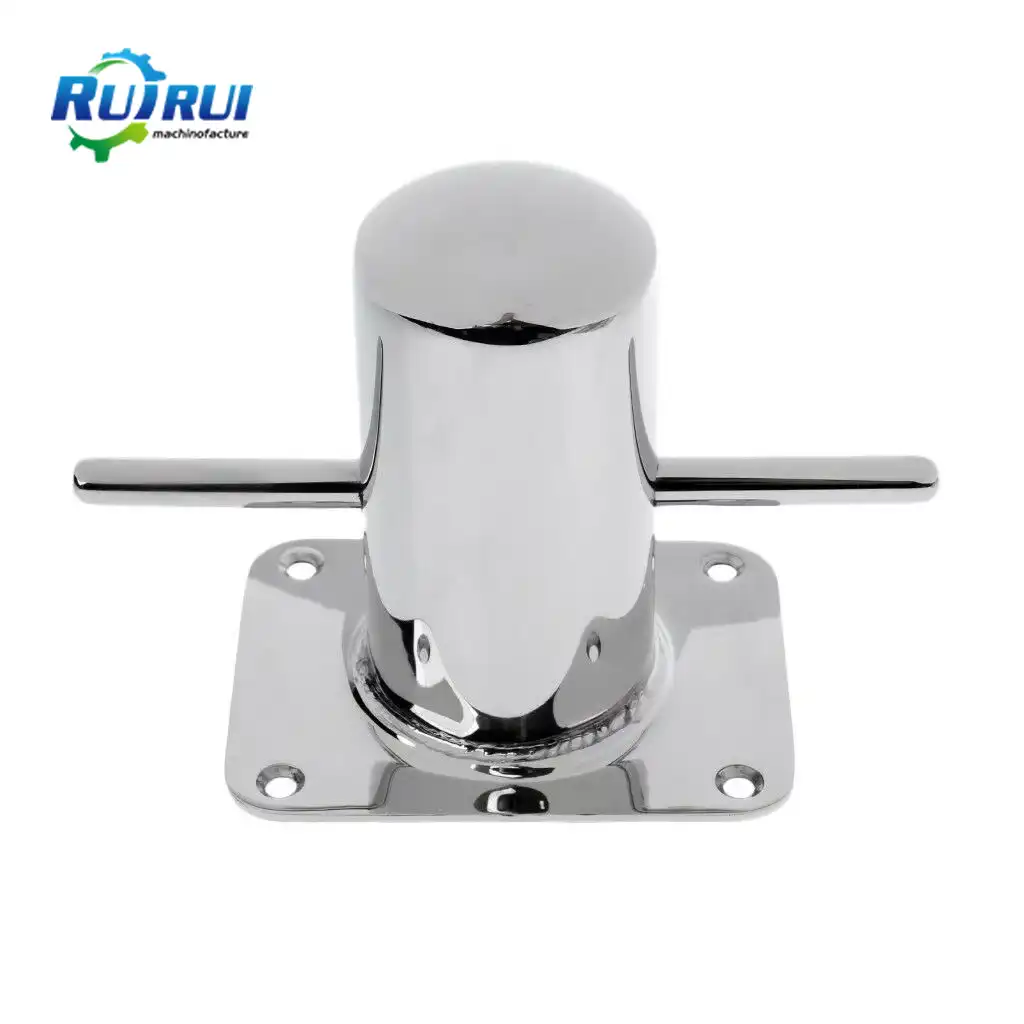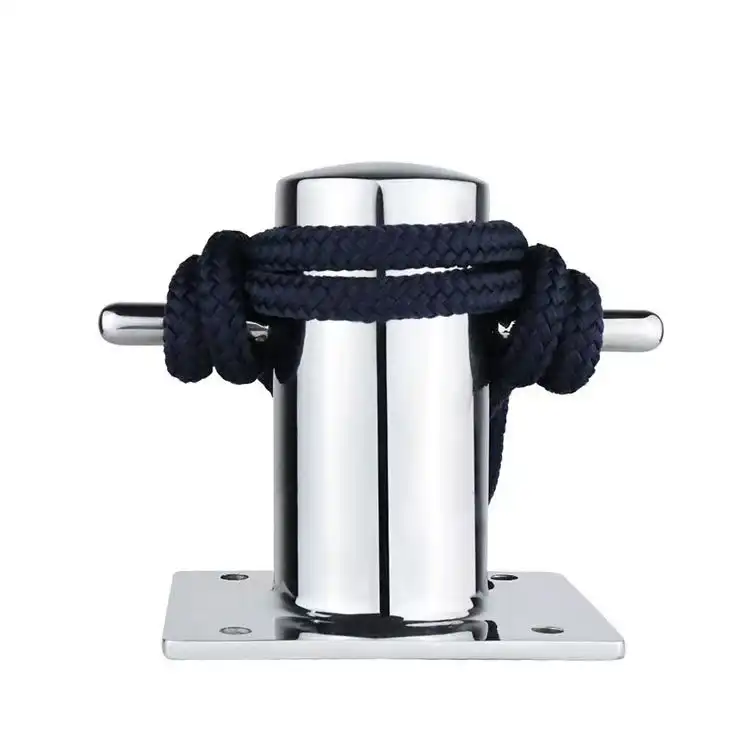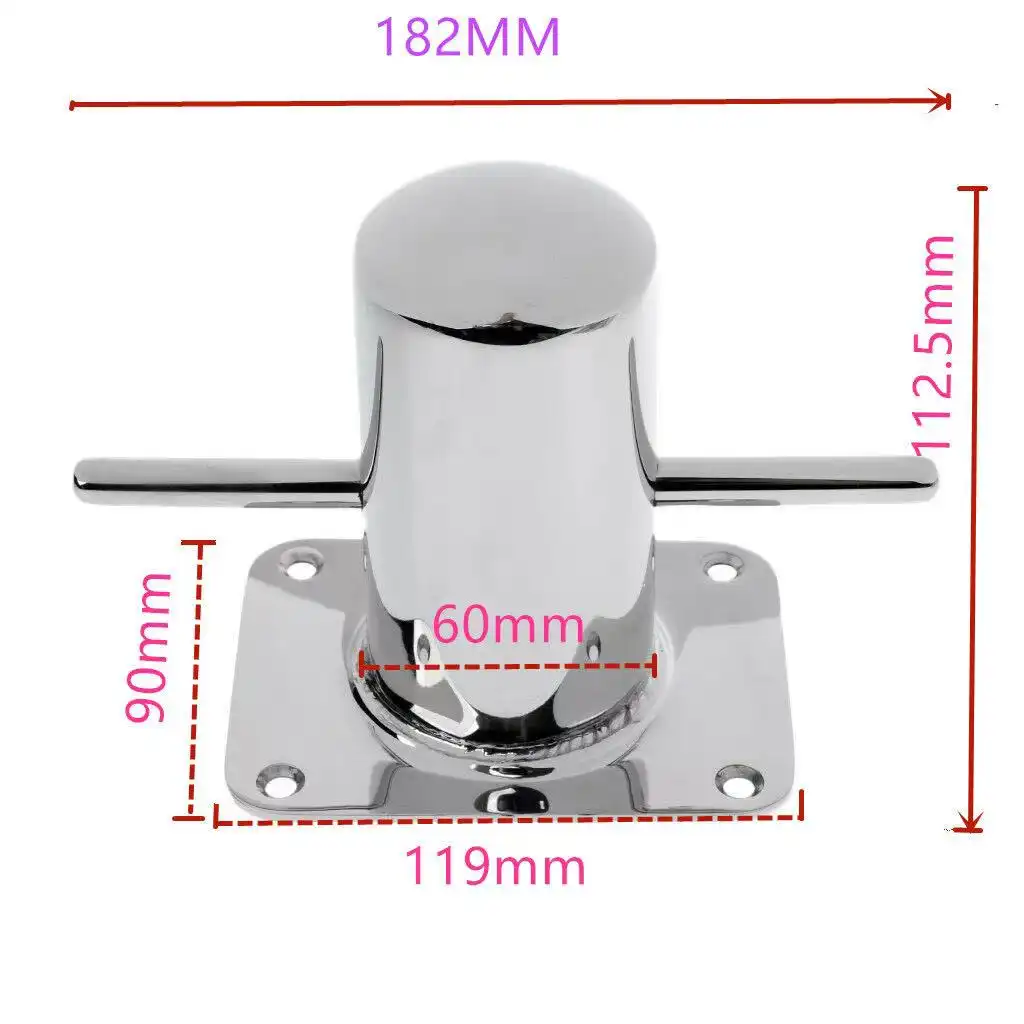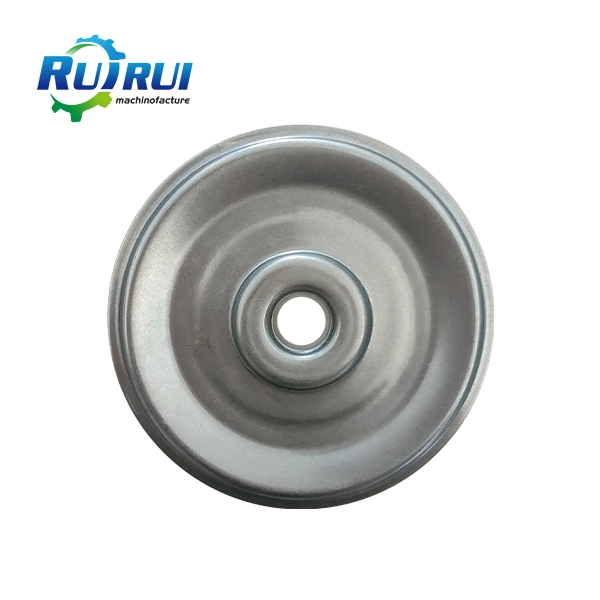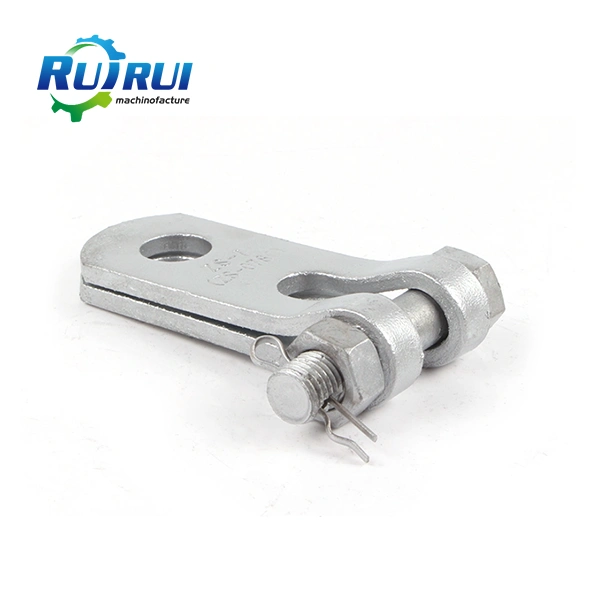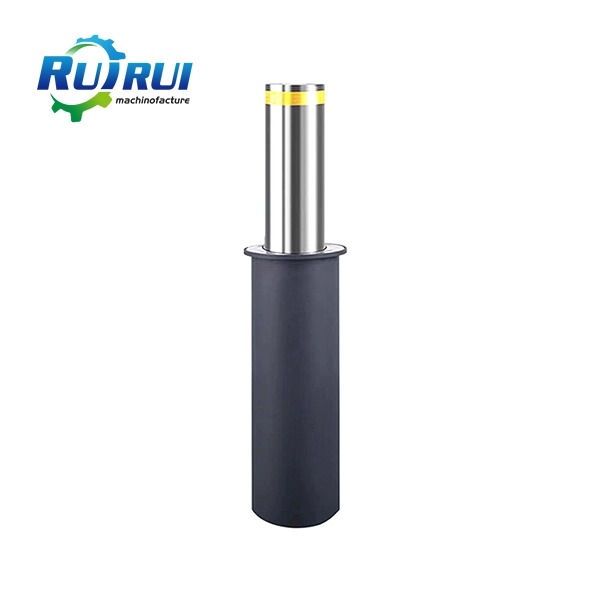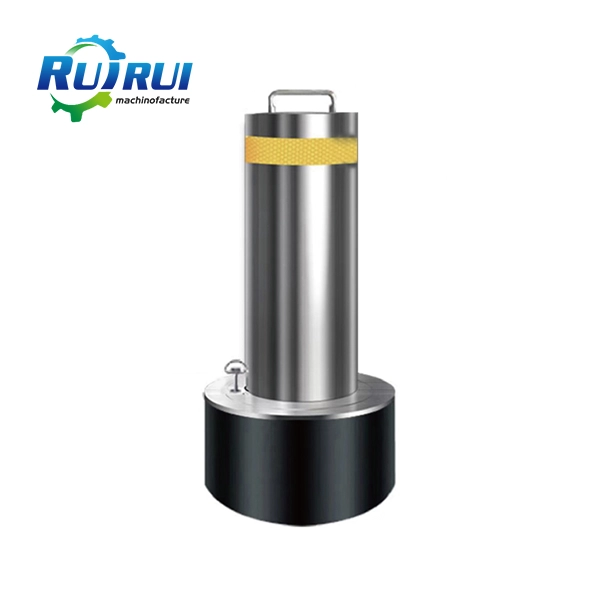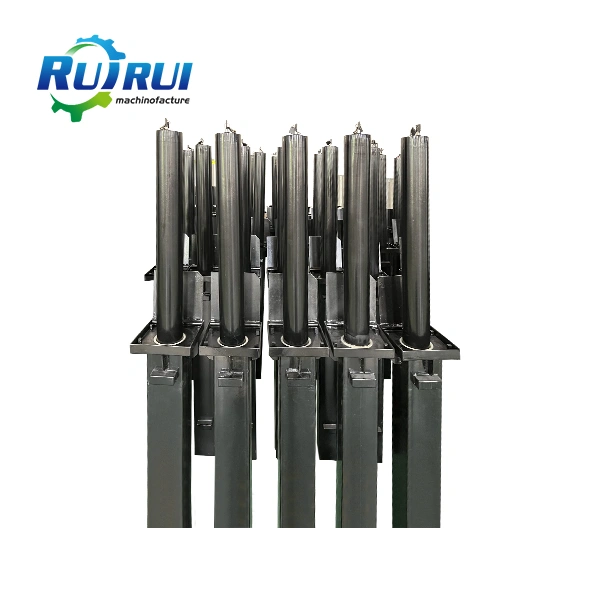Stainless Steel Bollard with Base Plate
Material: Stainless steel
OEM/ODM: Acceptable
Features: Strong, durable, anti-corrosion
MOQ:100pcs
- Fast Delievery
- Quality Assurance
- 24/7 Customer Service
Product Introduction
Product Overview
Bollards are facilities installed in the superstructure of the pier for ship mooring, which are generally made of metal materials and are named because of their columnar shape. It is an important auxiliary equipment of the wharf, which plays a key role in the docking and mooring of the ship and ensures the safe berthing and operation of the ship at the wharf.

Features:
Safe and reliable: After strict design and manufacturing process, it can withstand the mooring force generated by the ship under various working conditions to ensure the safe berthing of the ship at the wharf.
Easy to use: The position and height of the bollard are reasonably designed, which is convenient for the crew to carry out mooring operation, and its structure is simple and the maintenance cost is low.
Corrosion resistance: Using high-quality metal materials and anti-corrosion treatment processes, such as galvanizing, painting, etc., it has good corrosion resistance and can be used for a long time in harsh marine environments.
Beautiful and durable: The appearance design is simple and elegant, in harmony with the overall environment of the terminal, while its material and structure ensure the durability of the product, reducing the frequency of replacement and maintenance.


Installation & Maintenance
Installation: The installation of bollards requires a professional construction team and equipment, which is generally carried out during the construction or renovation of the wharf. During installation, the position and elevation of the bollard need to be accurately determined according to the design requirements, and ensure that their distance from the front line of the pier and other facilities meets the regulations. At the same time, it is necessary to ensure the buried depth and verticality of the anchor, as well as the fastening degree of the nut, so that the bollard is installed firmly and reliably.
Maintenance: Regularly inspect and maintain the bollard, including whether the appearance of the shell is damaged or corroded, whether the connection of the anchor rod is loose, whether the nuts, washers and other components are complete, etc. If a problem is found, it should be repaired or replaced in time to ensure the normal use of the bollard. At the same time, when the ship is moored, excessive friction and collision between the cable and the bollard should be avoided to reduce the wear and tear of the bollard.

Application scenarios
Bollards are widely used in various types of wharves, such as port wharves, inland river wharves, docks, shipyards, etc. In port terminals, different types of terminals choose different specifications and types of bollards according to their different functions and ship types. For example, container terminals often use larger cast steel bollards to meet the mooring needs of large container ships; On the other hand, the river terminal may choose a smaller cast iron bollard depending on the actual situation.

Send Inquiry
